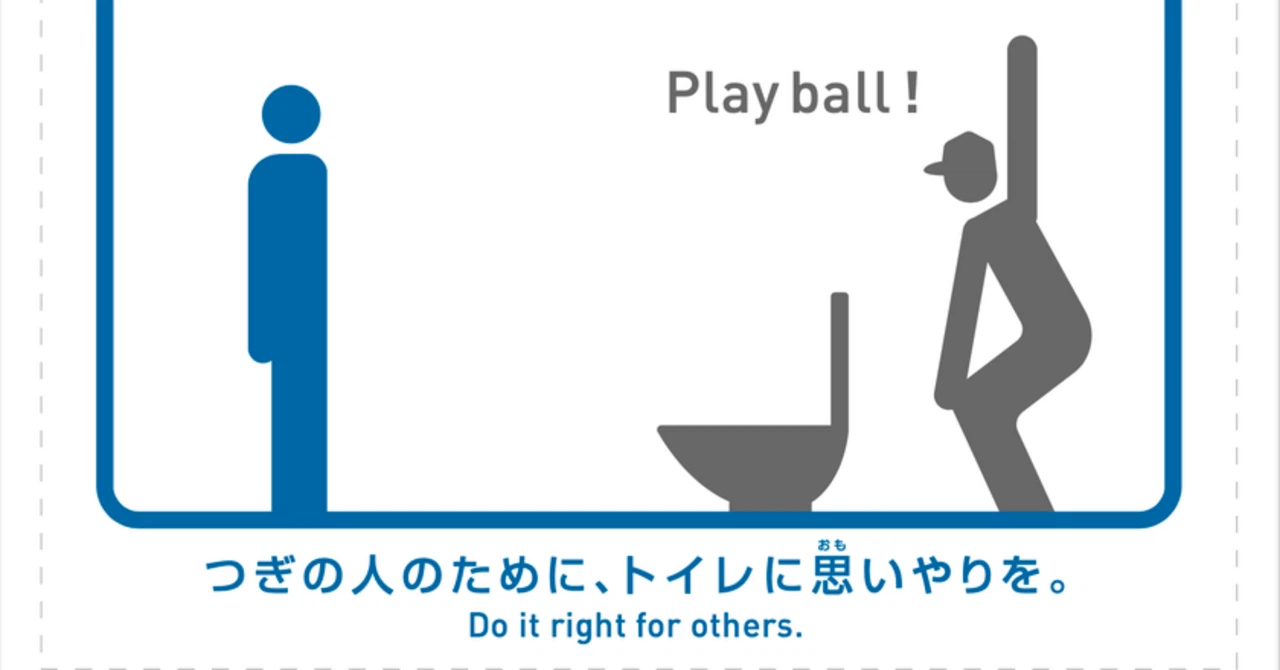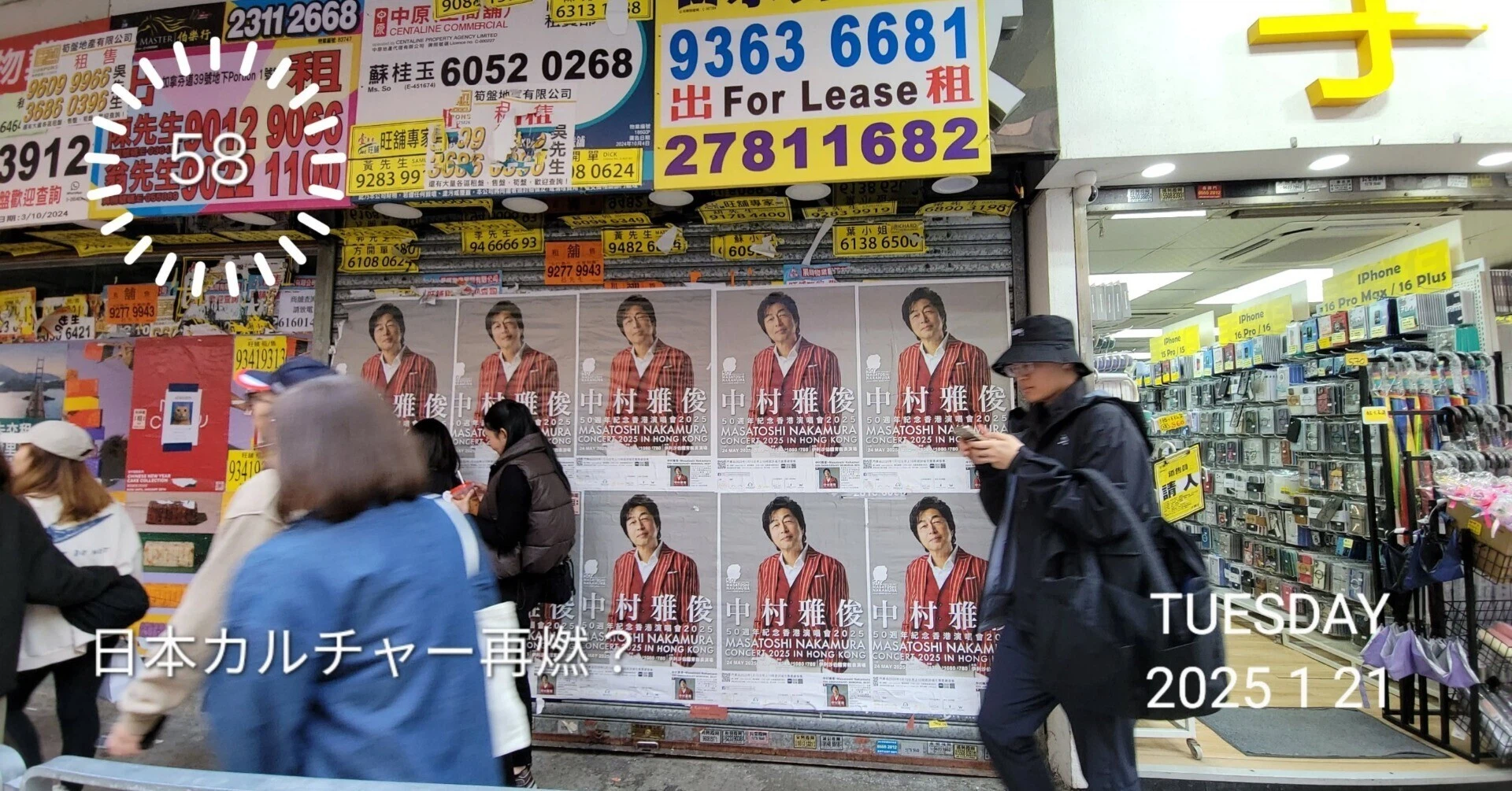
✨ From Core Message to Empathetic Storytelling
🔑 It All Begins with Clarifying the Abstract Theme
The first step toward a successful ad lies in clearly defining the abstract theme—that is, articulating the core value of the brand or product. You might ask:- What are we ultimately offering through this product?
- What is the deeper reason for this brand’s existence?








